Green technologies in household electrical appliances are increasingly popular, as consumers are becoming more environmentally conscious and concerned about sustainability. There are many ways that household appliances can be designed and manufactured to promote sustainability and reduce their impact on the environment.
One example of green technology in household appliances is energy efficiency. Energy-efficient appliances use less electricity or gas to operate, which reduces the amount of fossil fuels needed to power them. This not only saves money for the consumer, but it also reduces greenhouse gas emissions, which contribute to climate change.
Another example is the use of renewable energy sources. Many appliances can be powered by renewable energy sources such as solar or wind power, which are cleaner and more sustainable than traditional sources of energy. For example, solar-powered water heaters can provide hot water without the need for electricity or gas.
Appliances can also be designed to be more durable and longer-lasting, reducing the need for frequent replacement and reducing waste. Additionally, appliances can be made from recycled materials, which reduces the amount of waste generated during manufacturing.
Overall, green technologies in household appliances have a significant role to play in promoting sustainability and environmental responsibility. By reducing energy use, using renewable energy sources, and promoting durability and longevity, household appliances can help reduce their impact on the environment while providing essential services to consumers.



 English
English 中文简体
中文简体


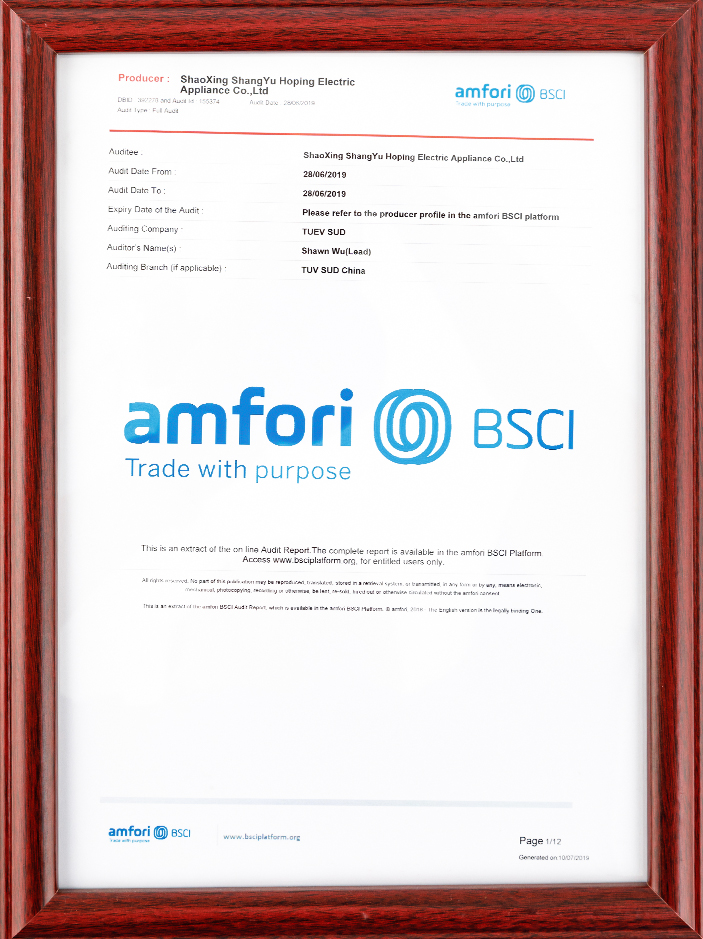
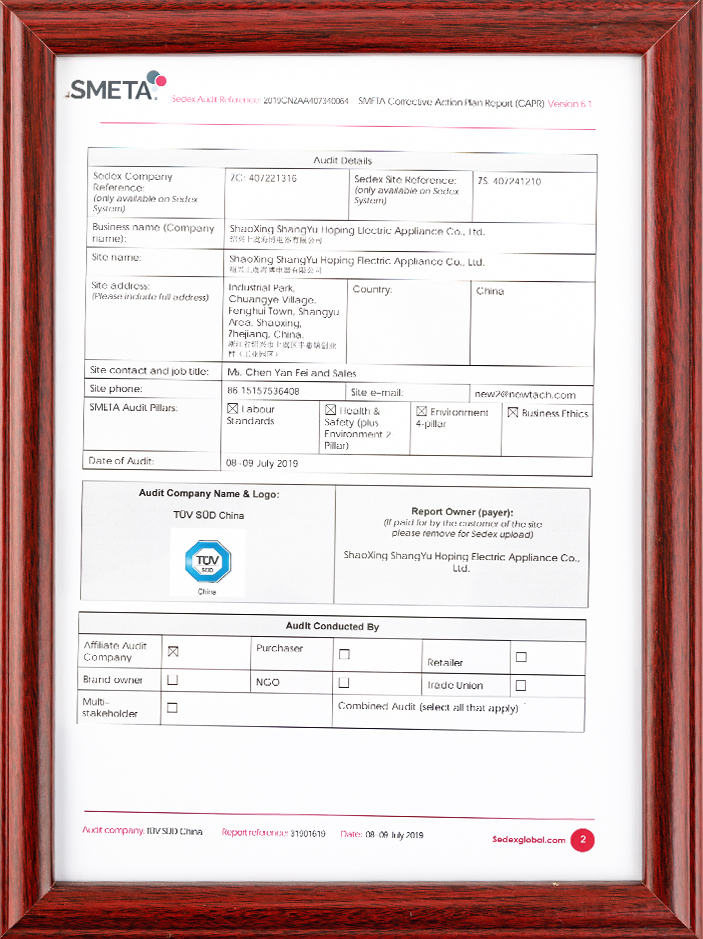

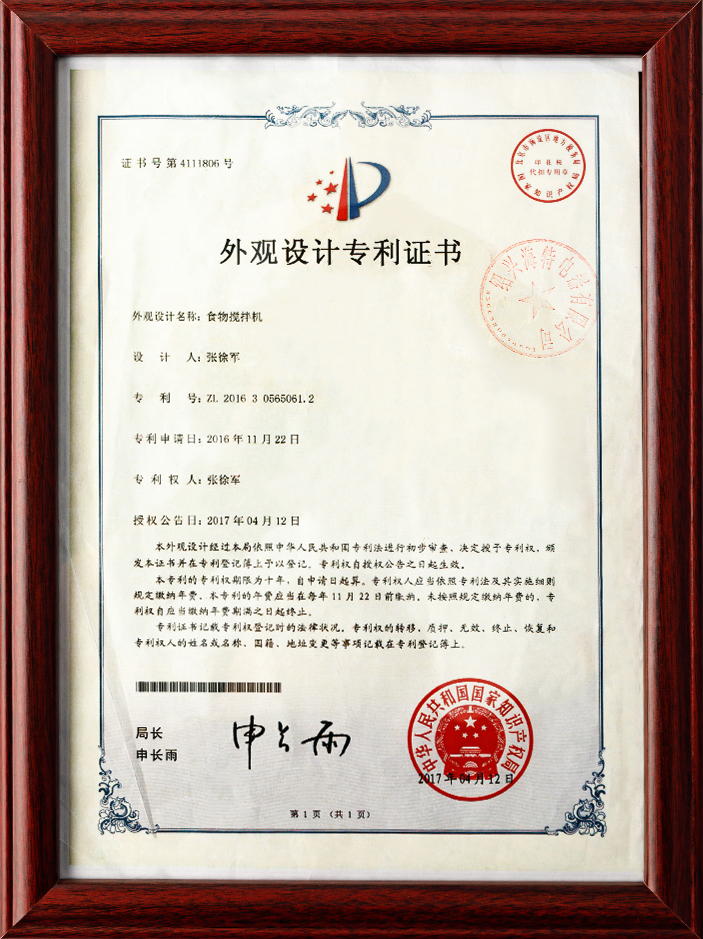
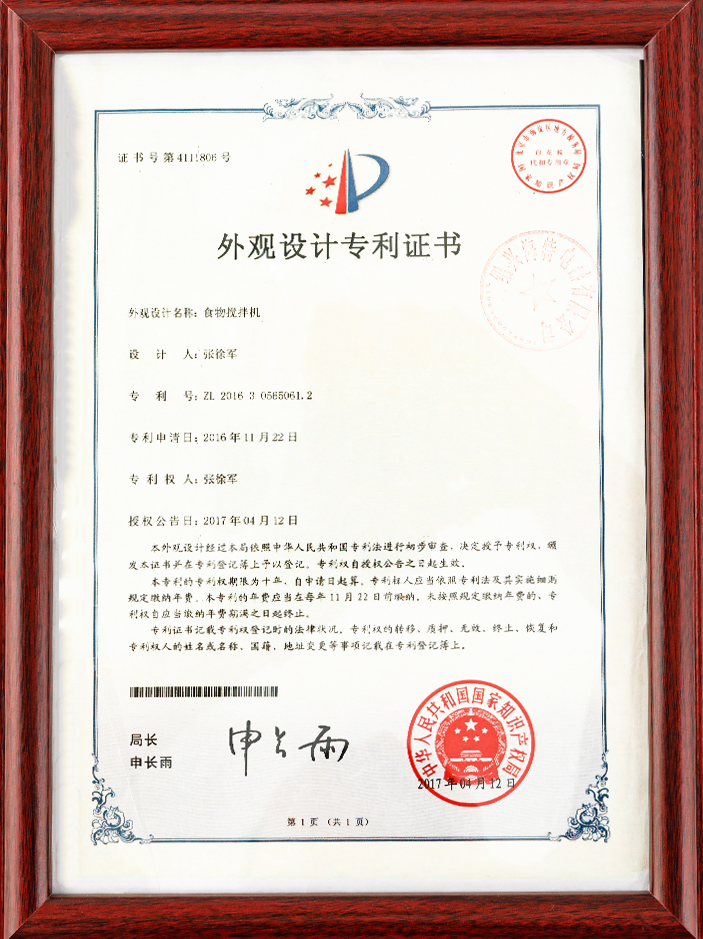
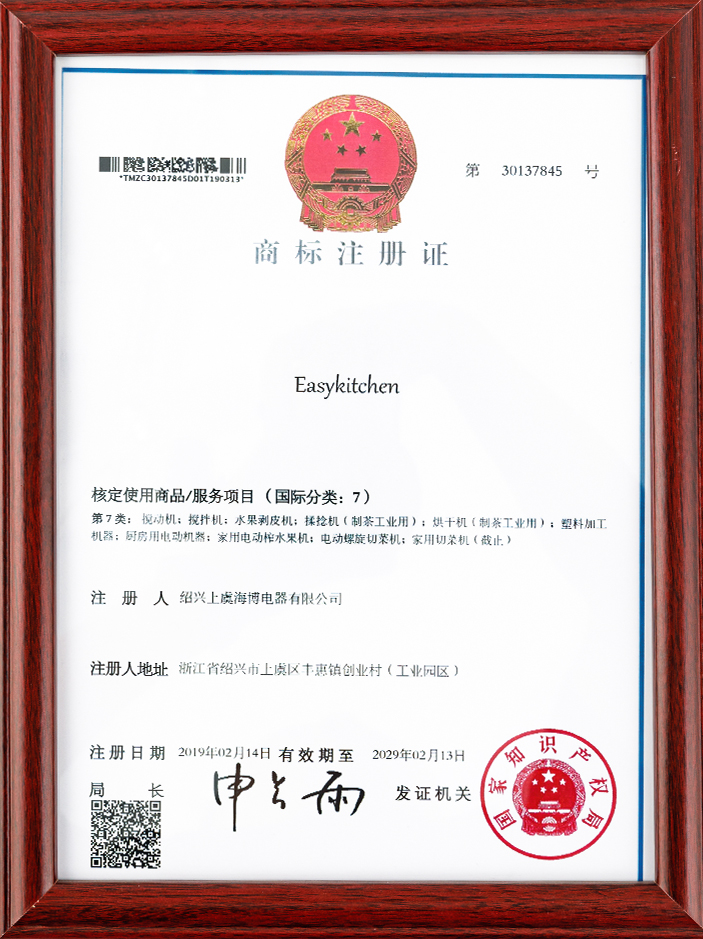
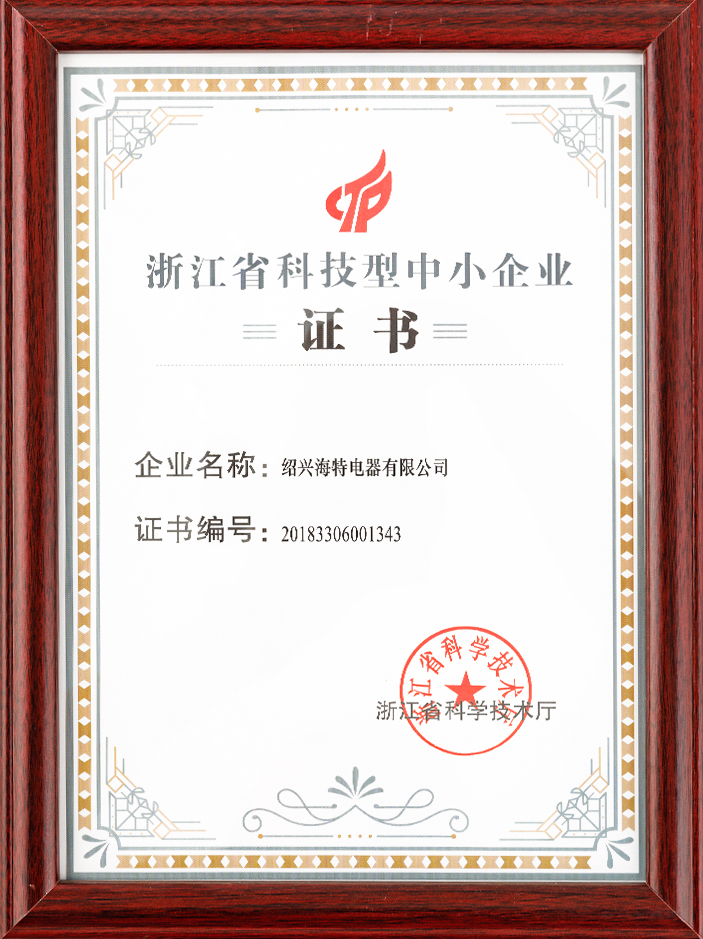
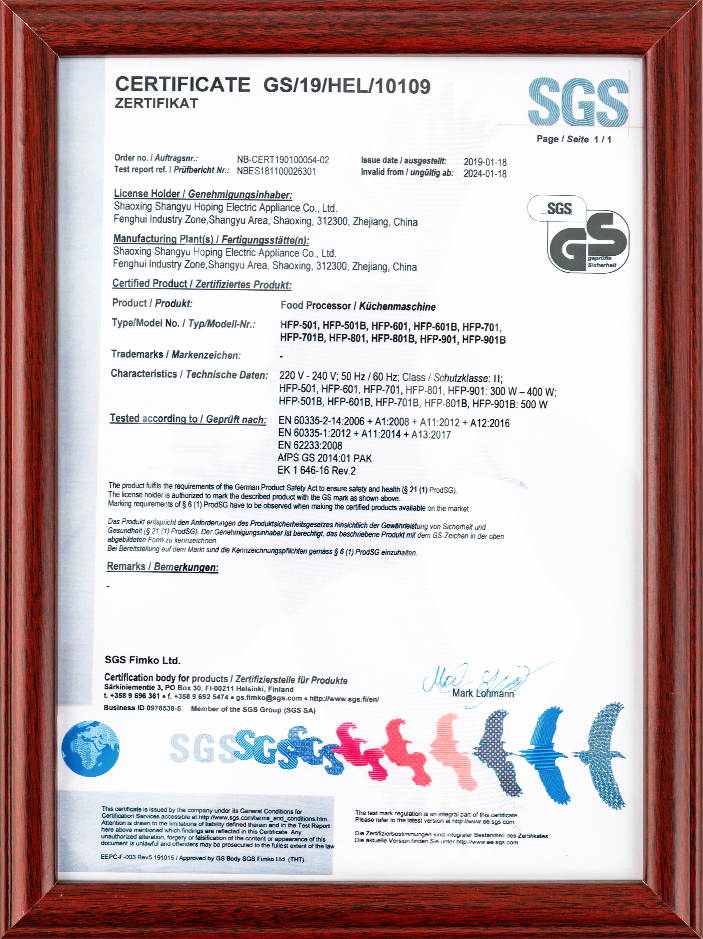





 浙公网安备 33060402001386号
浙公网安备 33060402001386号 